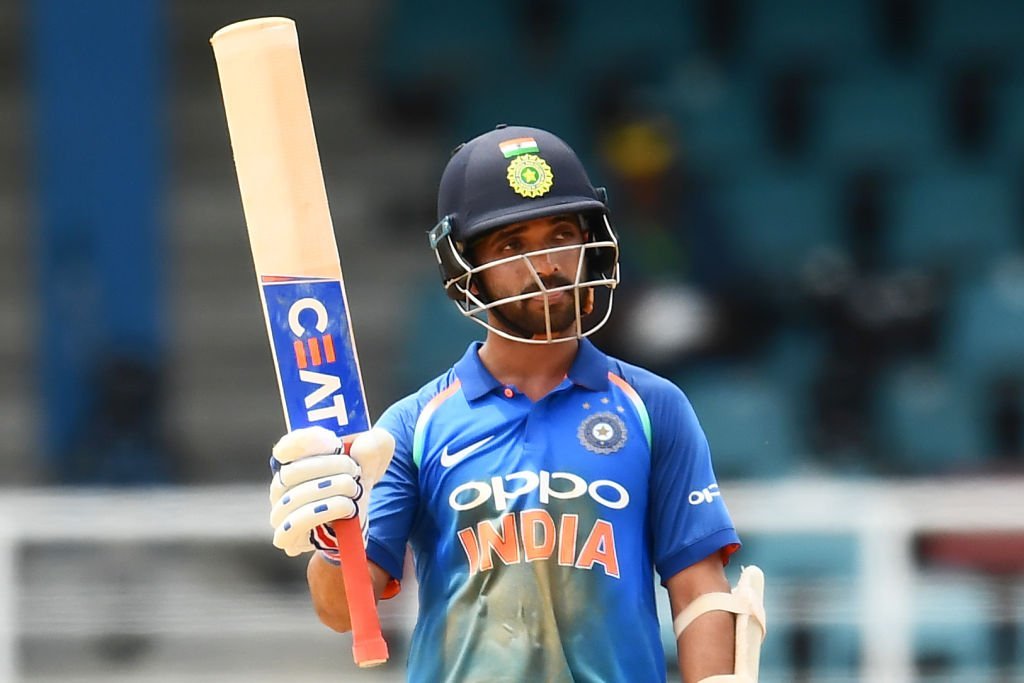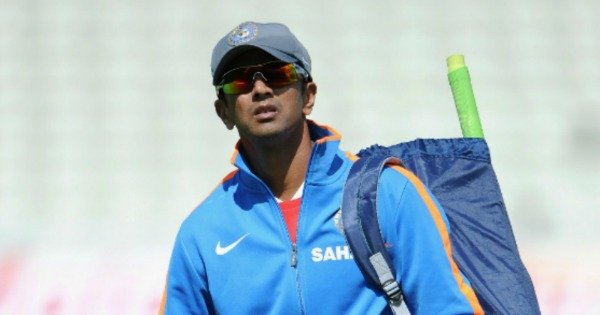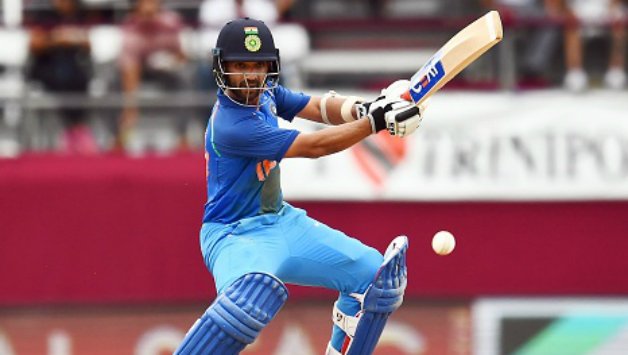Ajinkya Rahane knows it. Virat Kohli knows it. And Indian cricket fans know it – that despite his current good form, Rahane is not assured of a starting place in the Indian ODI team. He has opened the innings in both the ODIs against West Indies after coming into the team as a replacement for the rested Rohit Sharma – and showed signs of his class. But the nagging question over his permanent place in the ODI side will always remain.
Kohli has been quite vocal about his support for the first choice players and never shies away from bringing them straight back into the team after a break. In December 2016, KL Rahul walked into the team to partner Murali Vijay at the top order immediately after an injury layoff despite Parthiv Patel scoring an unbeaten fifty in the previous match. Rahane has himself been the beneficiary of the same policy. Karun Nair – who made a triple ton against England – was dropped for the one-off Test against Bangladesh to make way for the Maharashtra batsman.

Read between the lines of what Kohli said about Rahane – he backs the Test vice-captain, but still maintains that he is “third choice” ODI opener.
“Rahane has been a part of the ODI set-up for a while and we all felt he had great potential at the top of the order. He is always there as the third opening batsman.”
But the next part of the post-match media interaction should give Rahane hope that there could be place for him in the side – if not as an opener, then in the middle-order.
“There are very few people who can perform two roles for the team. He (Rahane) can open and he can play in the middle-order. So, I see him providing more balance to us as a side.”
But then, India have Yuvraj Singh and MS Dhoni at No. 4 and 5 – two stalwarts who have served the national team gloriously for long. But with the 2019 World Cup just about two years away, it’s important for the management and the skipper to take stock of the situation. The deadly duo of Yuvraj and Dhoni have struggled for form recently and their place in the side has been questioned by even Rahul Dravid.
Which brings us to the likeness between Rahane and the former India skipper Dravid. The diminutive batsman has often been compared to Dravid and rightly so – both prefer the textbook art of batting, are sharp in the slips and prefer to stay away from the limelight. But where Dravid stood out was his ability to adapt to the 50-over format despite being considered a misfit for ODIs in the early part of his career.
He could only manage 63 runs in his first six ODIs. It took him 35 matches to score his first ton. He was more technique than talent and that was hurting him but he prospered through sheer determination. Dravid eventually ended up with 10,889 runs in 344 ODIs at an average of 39.16.

Rahane meanwhile, has only managed to be picked for 75 ODIs in six years since his debut. He has been tried out at all positions from No. 1 to 7 without much success. One of the biggest complaints of his batting is his inability to rotate the strike, which builds pressure on the team. In the second ODI, he showed vast improvement on that front as he scored 103 off 104 deliveries.
Dravid was no scientist but he was an innovator. His mantra for success was hard work and he swore by it. The Karnataka cricketer spent hours in the nets to hone his skills. He added more aggressive weapons to his arsenal – the pull shot along the ground, the sweep shot behind the wicket and the square cut of a turning ball. He even kept wickets to make himself valuable to the squad.
He was thought to be slow at scoring runs but ended with a strike-rate similar to that of Jaques Kallis, Inzamam-ul-Haq and Kumar Sangakkara – and these guys were certainly not seen as ODI misfits. Dravid redefined consistency with his reliability – he scored a fifty once every 3.3 innings.

Rahane like Dravid (before he adapted to ODIs) is also accused of being too one-dimensional. He must follow the footsteps of the latter though and add new skill sets to his armory. He’s good at grafting, but must become the best at doing that to be trusted with the role of anchoring an innings. And most importantly, he must learn to up the ante at will.
Performing regularly is all that the 29-year-old can do to make his case and keep others at bay. But for the comparison to stand true, he must channel his inner Dravid to become the epitome of consistency and conquer what is so far been deemed as a massive challenge for him.
Feature image: AFP

















